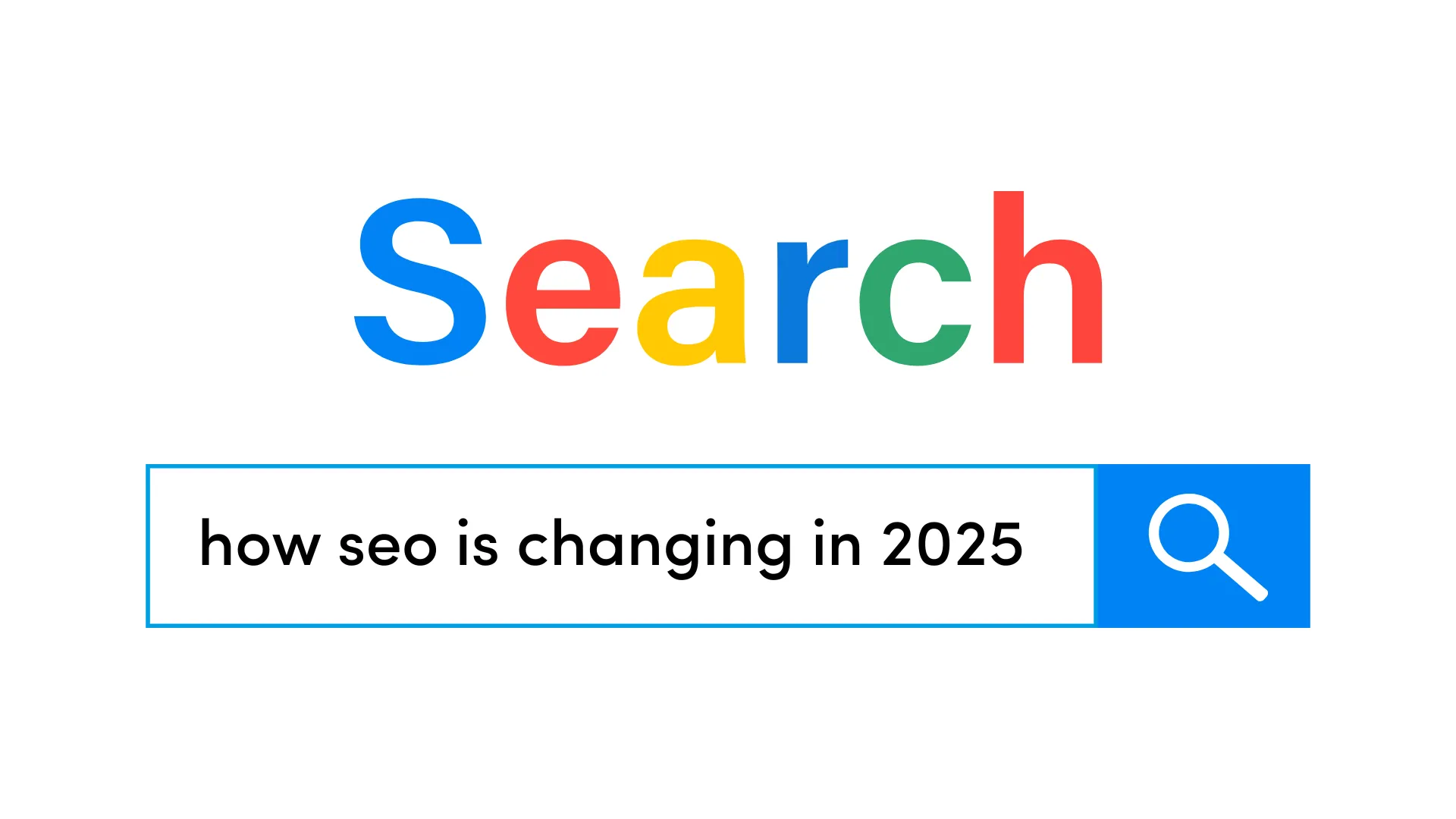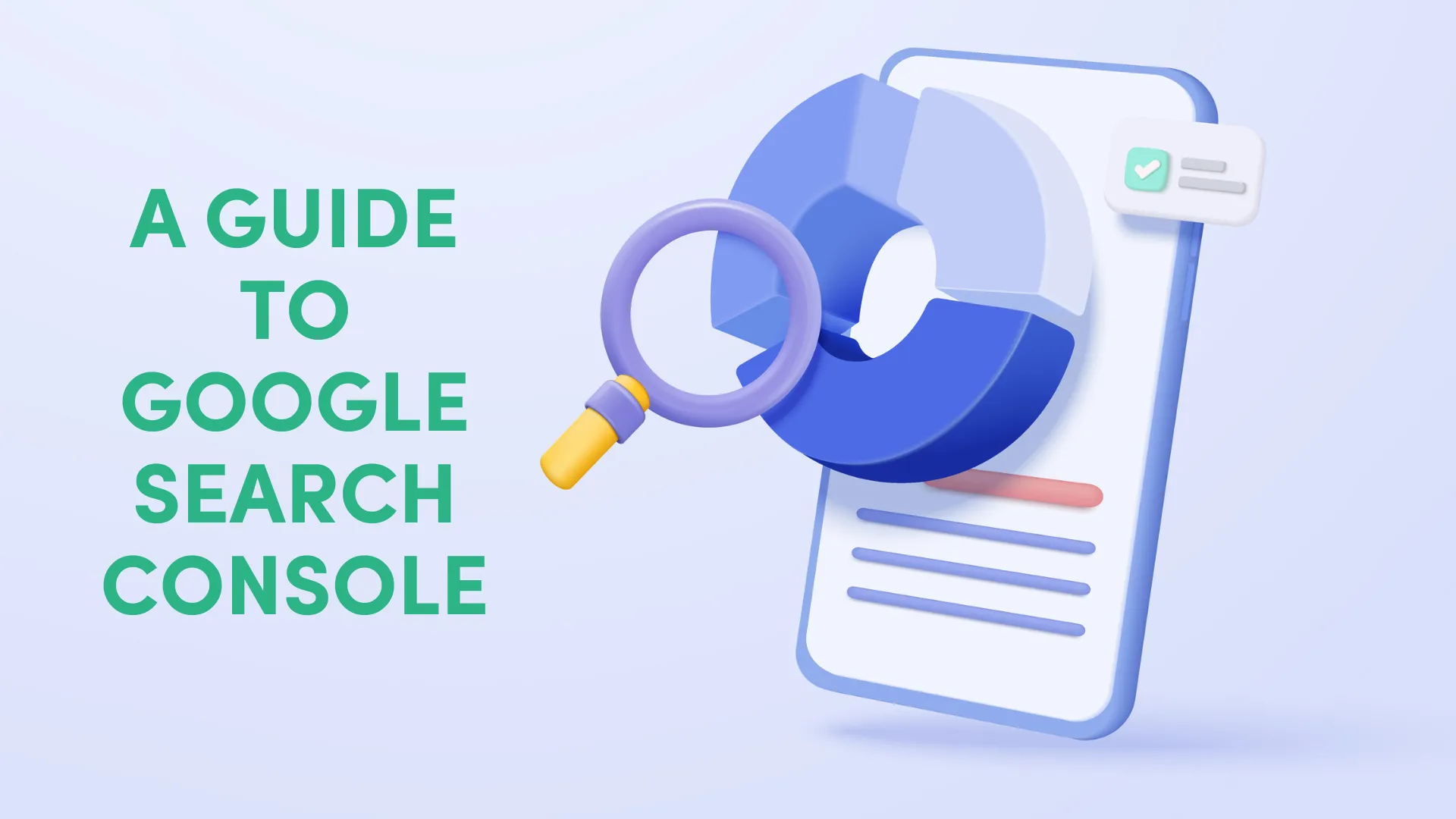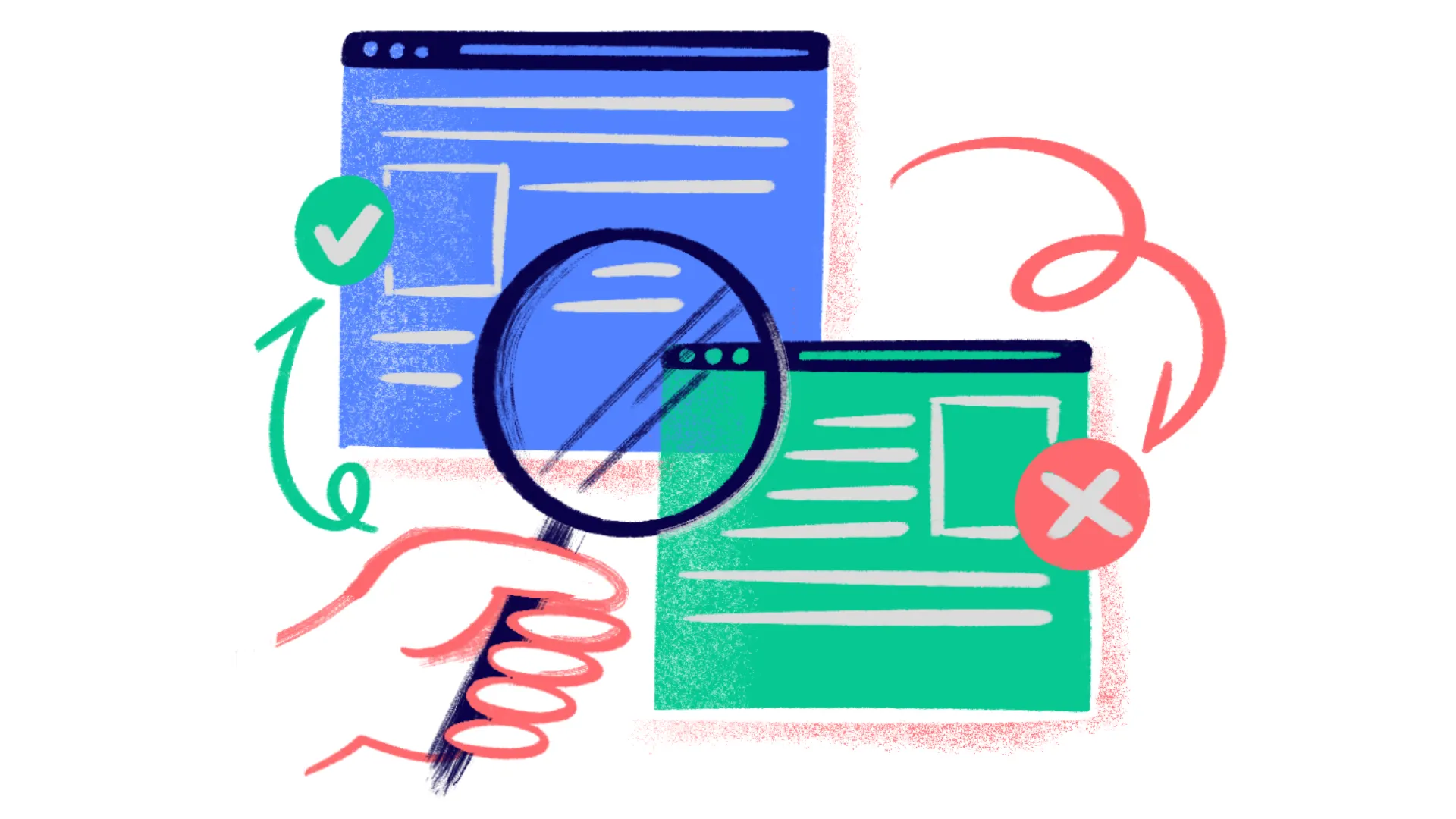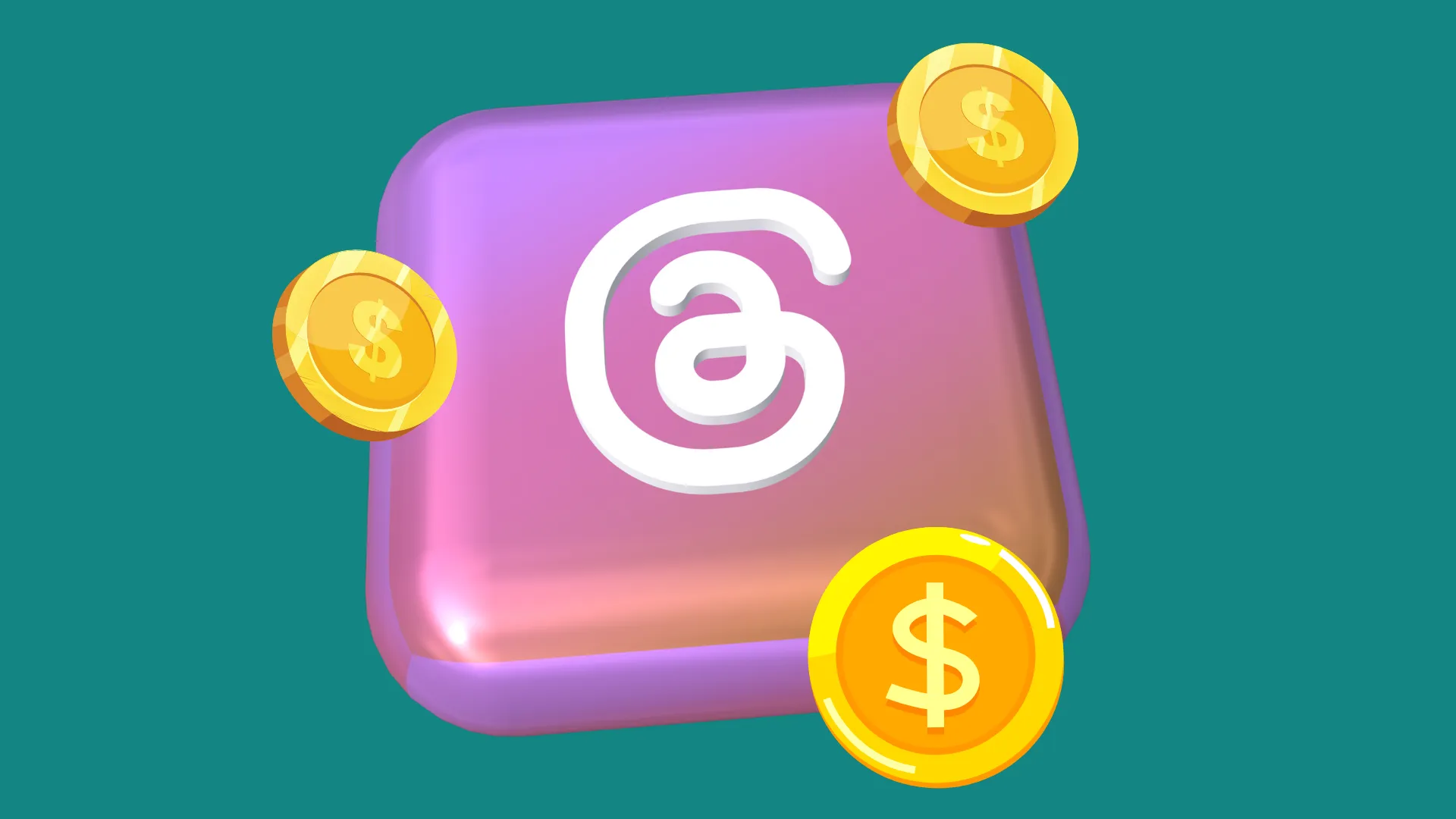When was the last time you really looked at your website through the eyes of a customer?
We often assume that once a website is live, it’s doing its job – but without regular reviews, small issues can quietly build up and start chipping away at your conversion rate.
That’s why regularly auditing your website is critical. From slow load times to missing calls-to-action, there are a few key problems we see again and again – and they could be costing you leads, sales or sign-ups.
Here are five common website mistakes to watch for – and what to do if you spot them on your site.
1. Your Website Loads Too Slowly
A slow website is one of the fastest ways to lose a potential customer. Studies show that even a one-second delay in page load time can reduce conversions by up to 7%. In other words, speed matters.
Common causes include:
-
Oversized images
-
Inefficient hosting
-
Bloated code or too many scripts
-
Excessive third-party integrations
Thankfully, tools like Google PageSpeed Insights and GTmetrix can help you identify what’s slowing your site down and offer actionable suggestions for improvement.
Start by compressing your images and reviewing your plugins – especially any that load JavaScript or third-party assets.
2. Your Site Lacks Social Proof
People want reassurance that your business is trustworthy. When visitors see that others have had a positive experience with your brand, they’re more likely to engage or make a purchase.
What counts as social proof?
-
Testimonials
-
Case studies
-
Product reviews
-
Trust badges (like “Verified by” or “As seen in” logos)
If these elements are missing – or buried deep on your site – visitors are left to take your word for it. A few well-placed, genuine testimonials on high-traffic pages can make a big difference.
For eCommerce sites in particular, on-page product reviews are one of the most powerful forms of social proof.
3. Your Navigation Is Confusing
Visitors should be able to find what they’re looking for quickly and easily. If your menu is cluttered, labels are inconsistent or your pages are buried under too many categories, users are likely to get frustrated – and leave.
To test your site’s usability, try this:
-
Ask someone unfamiliar with your site to find a specific service or product
-
Watch where they get stuck, confused or give up
You can also use tools like Hotjar or GA4’s Path Exploration to see where users drop off. If people aren’t making it to key pages, it could be a sign that your navigation needs a rethink.
4. You’re Not Telling Users What to Do
Whether you want someone to book a service, make a purchase or sign up to your newsletter, you need to make the next step clear.
Many businesses assume people will know what to do – it just seems obvious, right? But the truth is, most visitors need guidance. Clear, well-placed calls to action (CTAs) can help move people through your site and closer to conversion.
Examples of strong CTAs:
-
“Book a free consultation”
-
“Download our pricing guide”
-
“Add to cart”
-
“Join our newsletter for weekly tips”
If you don’t ask, you don’t get – so make sure your site is leading visitors down a clear, purposeful path.
5. Your Site Isn’t Optimised for Mobile
More than half of all website traffic now comes from mobile devices -and that number continues to grow. Since 2018, Google has used a mobile-first approach when indexing websites, meaning your mobile site is what’s being ranked.
Yet we still see sites where:
-
CTAs are pushed below the fold on mobile
-
Images push text off-screen
-
Logos or navigation menus don’t display properly
If your mobile site is clunky or hard to navigate, people will leave. A responsive design ensures your site adapts seamlessly across different devices, offering a better experience and improving your chances of converting mobile users.
Great websites aren’t just about aesthetics – they’re about clarity, speed, usability and trust. By addressing these common issues, you can significantly improve your user experience and help your site do what it’s meant to do: convert.
Need help with your website? We’d love to take a look. Whether you’re after a speed audit, a user experience review or a full redesign, our team is here to help.

Quick Website Audit Checklist When was the last time you really looked at your website through the eyes of a customer? We often assume that once [...]

For years, SEO strategies have revolved around keywords. The approach was simple: identify the terms people were searching for, create pages that matched them and optimise around [...]

Email marketing may just be the most important element of your digital marketing strategy right now. In an age of endless digital channels, it’s easy to get [...]

If you’re new to Google Search Console (GSC), it might seem overwhelming at first. The dashboards, graphs and technical jargon can be intimidating. But once you get [...]

Quick Website Audit Checklist When was the last time you really looked at your website through the eyes of a customer? We often assume that once [...]

In a world where marketers battle for every second of audience attention, Labubu – a quirky character from Pop Mart’s “Monster” series - has done the seemingly [...]

Social media marketing is full of outdated advice, bad habits and half-truths that get repeated so often they start to sound like facts. But just because you’ve heard [...]

In our last article, we tackled a common misconception in digital advertising: Ads don’t fail because of the algorithm - they fail because of the offer. The [...]

We’ve seen it many times before. A campaign launches on Meta or Google. The creative looks schmick. The ad set enters the learning phase… and then, crickets. [...]

With the release of Google AI Overviews, we were left wondering what will become of Google Ads. If AI Overviews sit at the top of search results, [...]

For years, SEO strategies have revolved around keywords. The approach was simple: identify the terms people were searching for, create pages that matched them and optimise around [...]

After launching a small-scale test of ads on Threads in January (limited to select brands in the U.S. and Japan), Meta has now opened Threads ads to [...]

Email marketing may just be the most important element of your digital marketing strategy right now. In an age of endless digital channels, it’s easy to get [...]

If you’re new to Google Search Console (GSC), it might seem overwhelming at first. The dashboards, graphs and technical jargon can be intimidating. But once you get [...]

